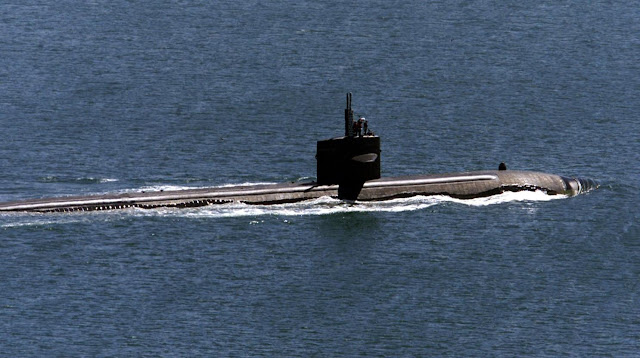Why Steel Is Used For Rails?
Earlier wooden rails were used on horse drawn wagon ways.The first steel rails used anywhere in the world were laid in Derby station on the Midland Railway in 1857. Steel is a much stronger material, which steadily replaced iron for use on railway rail and allowed much longer lengths of rails to be rolled.
Composition of rail steel
The basic requirement of rail steel is that it should be hard, wear resistant and crack resistant. This is achieved by steel composition and cooling of the hot rails. These properties of steel are achieved through control of carbon (C) and manganese (Mn) contents. Carbon content of rail steel can go up to a maximum of 0.82 % and manganese content up to a maximum of 1.7 %. The normal rails are made of steel containing 0.7% C and 1% Mn, which are called as C-Mn rail steel. From a strength perspective (ultimate tensile strength of 880 MPa or 90 Kg/ Sq mm), the C-Mn rail is popularly known as 90 UTS rail or Grade 880 rail. This grade of rail steel is also known as wear resistant grade.
Alloying elements such as chromium and nickel can be added to some rail steels to improve properties. Alternatively, the rail can be cooled quickly to reduce the time available for diffusion. The rail can also be heat treated. Combination of alloying and heat treatment is possible and a range of grades can be produced.
Rails not only wear but they break also. The inherent toughness of rail steel is poor as a result of the presence of the brittle carbide phase. Fracture can occur from relatively minor stress concentrating features inside the rail or on the surface due to the manufacturing defect or handling damage. The rail breakage has a high replacement cost and can be very disruptive to the railway network.
Why steel is Used?
1.Steel is used to make railway lines because steel is very flexible and has the ability to expand When it expands it does not change it shape, it only becomes bigger making sure it is safe to travel by train.
2. Bainitic steels which have good fatigue properties and good weldability.
3.Modern track typically uses hot rolled steel with a profile of an asymmetrical rounded I beam. Railway rails are subject to very high stresses and have to be made of very high quality steel alloy.These properties of steel are achieved through control of carbon and manganese contents.Carbon contents of rail steel can go up to a maximum of 0.82% and manganese content up to a maximum of 1.7%.
4. As Rail route is considered as a major transportation method in many larger countries like India, Steel suppliers in UAE ,says that there is much demand for high quality rail steel to those countries both for rails and other railway steel product making.
Rail steel is used to make rails for railway lines and for other uses such as tracks for moving equipments like cranes, transfer cars etc. Heavier rails carry heavier and faster trains on the tracks. The rails represent a substantial fraction of the cost of a railway track. Worn, heavy rail from a mainline is often reclaimed and downgraded for re-use on a branch line, siding or yard or rerolled in re rolling mills to produce other steel products.


Comments
Post a Comment